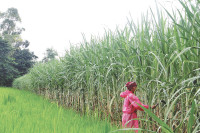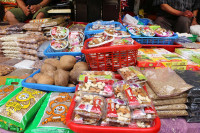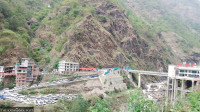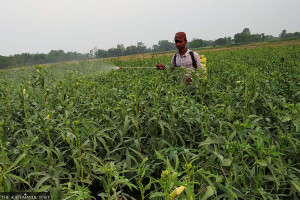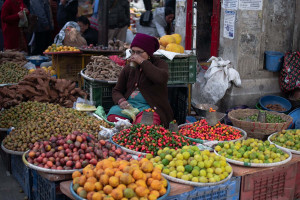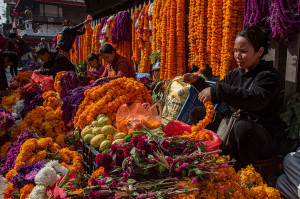Money
Local wine industry sees sparkling future ahead
The domestic wine industry has been growing rapidly as more and more people are consuming Nepali products.
Suman Bashyal
Hinwa, Dandaghare, Divine, Big Master and Kings Hill are some of the popular Nepali wine brands. Wine manufacturers said that wines made from apple, yellow raspberry, grape and different types of berries had been getting immense response from the international market too.
“A few years ago, options for alcohol drinkers were limited to whiskey, vodka and beer. But with a wide range of wines becoming available, many Nepalis have been shifting to wines these days,” said Bishnu Khadka, general secretary of the Liquor Association of Nepal.
Khadka added that Nepali wines held a 50 percent share of the market as manufacturers had been successful in boosting sales by offering quality products at cheaper prices.
“Due to high import duty, imported wines are costlier, so this is an extra advantage for the Nepali wine industry,” he said, adding that the Nepali market had an immense opportunity to grow in the future.
Prices of Nepali wines start at Rs 380 while the cheapest imported wines cost Rs 600.
“After finding out about the health benefits of wine, more and more people have been consuming it, and the industry has been witnessing healthy growth over the years,” said Gyanu Prasai, chairman of Snowman Winery. “If the industry grows at this rate, Nepali traders will stop importing wines within five years.”
Prasai said that they witnessed a 30 percent growth last year. The company aims to sell 500,000 litres of wine worth Rs 240 million this year. It produces five varieties of wines including red and white wines made from black grape and apple. Snowman is planning to launch a new wine named Chief Guest soon.
Ganesh Chapagain, chairman of Royal Kathmandu Himalaya Beverage, said that middle and upper income people were increasingly consuming Nepali wines as they are offering quality products. “In a bid to cater to every type of customer, we offer seven varieties of wines in the market,” he said.
Royal Kathmandu’s output amounts to 22,000-25,000 cartons of wines annually.
Encouraged by a 25 percent growth rate last year, the company is all set to launch a new product named Nepa-valley.
Chapagain said they were planning to start a vineyard as there was immense potential for the wine industry. “The future of the wine industry is bright, but lack of fruits could hamper expected growth, so there is a need for vineyards,” he added.




 18.12°C Kathmandu
18.12°C Kathmandu


